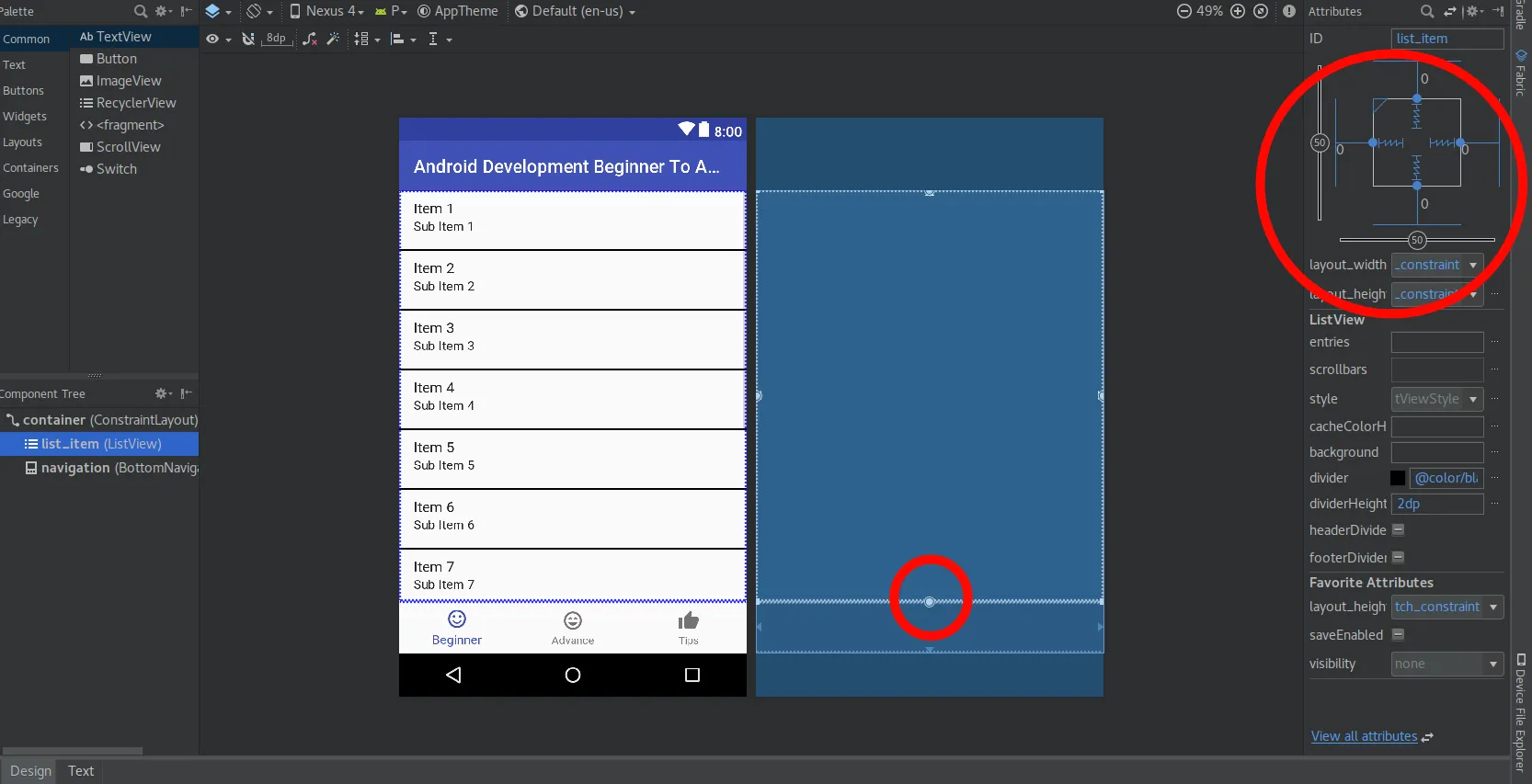我在 Nexus 5(Android 5) 上运行我的应用程序,但遇到了问题:底部的软导航栏重叠了我的 ListView 的最后一个项目。我尝试将 fitsSystemWindows 添加到我的样式和 ListView 中,但都没有起作用。
我的布局 XML:
<LinearLayout xmlns:android="http://schemas.android.com/apk/res/android"
android:orientation="vertical"
android:background="@color/sf4l"
android:layout_width="fill_parent"
android:layout_height="fill_parent">
<ListView android:id="@id/android:list"
android:layout_width="match_parent"
android:layout_height="fill_parent"
android:layout_weight="1"
android:background="@color/sf4l" />
</LinearLayout>
